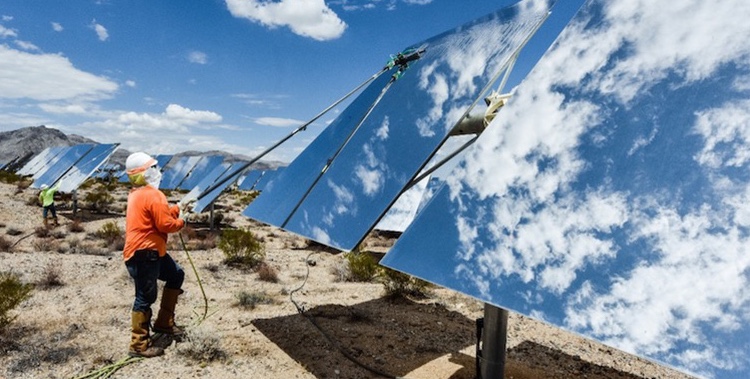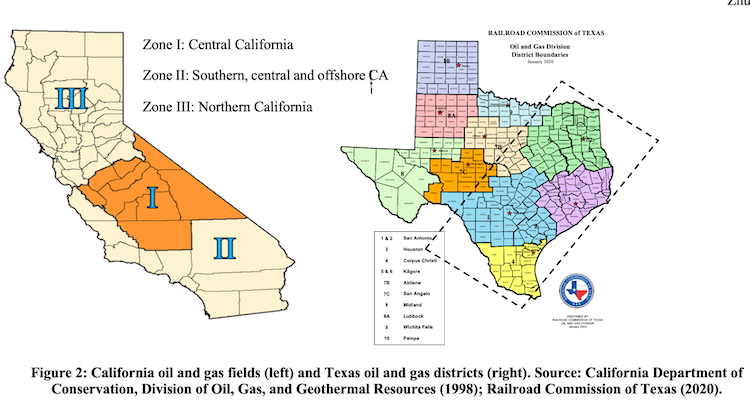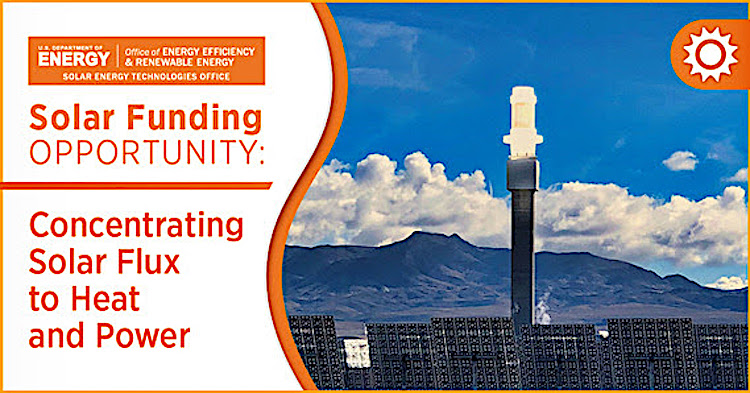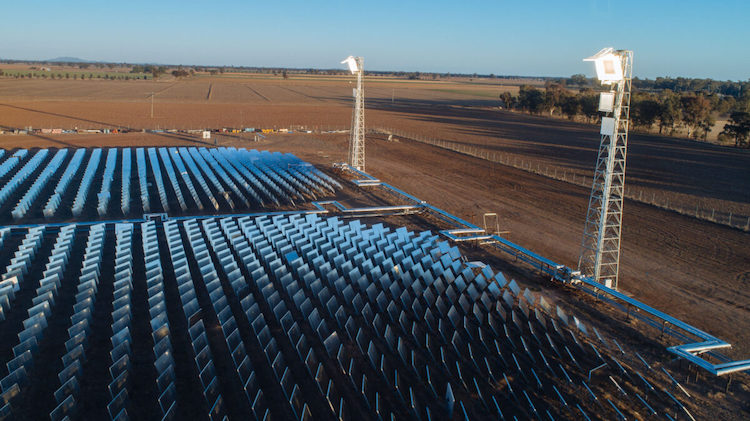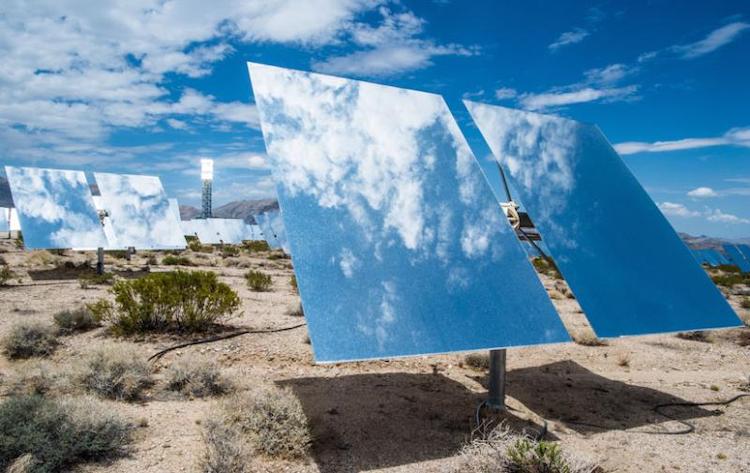NREL ETES long-duration thermal energy storage – IMAGE ©NREL Four years ago, researchers at the National Renewable Energy Laboratory (NREL) won Department of Energy (DOE) ARPA-E funding to invent a new long-duration thermal energy storage technology able to discharge heat or power for 100 hours. The goal was to devise long-duration storage with a storage …
Continue reading “100-hour thermal energy storage in sand begins NREL demo”



